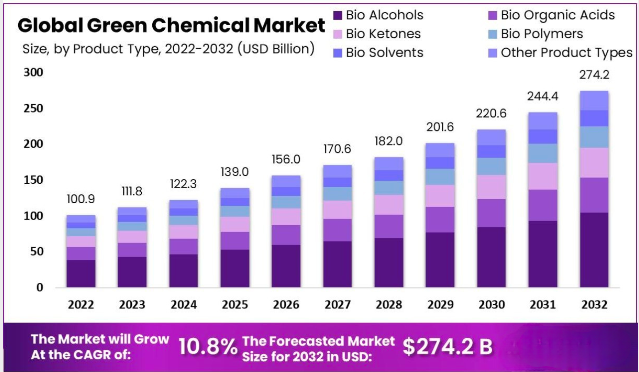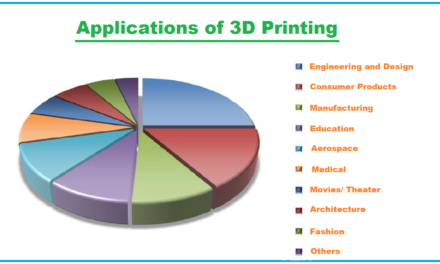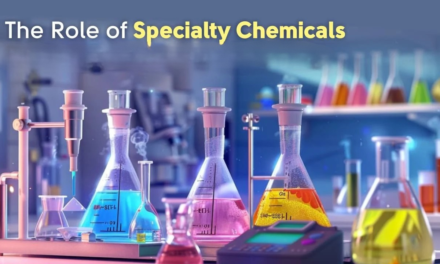The future outlook for the green and sustainable chemicals market is highly promising, driven by global trends toward environmental conservation, regulatory support, and increasing consumer demand for eco-friendly products. Here’s an overview of the key factors shaping its trajectory:
1. Market Growth
- The green chemicals market is expected to grow at a CAGR of 8-10% over the next decade, driven by advancements in technology and rising adoption across industries.
- Market size is projected to reach $200-250 billion by 2030, with significant contributions from sectors like personal care, agriculture, and construction.
2. Regulatory Push
- Governments worldwide are enforcing stricter environmental regulations and bans on hazardous chemicals, accelerating the shift to sustainable alternatives.
- Initiatives like the EU Green Deal and the United Nations Sustainable Development Goals (SDGs) are catalyzing green chemical adoption.
3. Innovation in Bio-Based Chemicals
- Rapid advancements in biotechnology and renewable feedstocks will expand the production of bio-based chemicals such as polylactic acid (PLA), bio-ethanol, and biodegradable polymers.
- Investment in carbon capture and utilization (CCU) technologies will enable the use of carbon emissions as raw materials for green chemicals.
4. Consumer Demand for Sustainability
- Increasing awareness of environmental issues is driving consumer preference for biodegradable, non-toxic, and sustainable products, particularly in personal care and household sectors.
- Companies adopting green practices will gain a competitive edge as sustainability becomes a critical purchasing factor.
5. Corporate and Industry Commitment
- Major chemical companies are setting ambitious sustainability targets, focusing on reducing carbon emissions and adopting circular economy models.
- Partnerships between industries, academia, and startups will foster innovation and scale green chemical solutions.
6. Challenges and Opportunities
- Challenges: High production costs, scalability issues, and the need for infrastructure investments may slow adoption in the short term.
- Opportunities: Government incentives, R&D funding, and emerging markets will mitigate these challenges, creating new avenues for growth.
7. Key Drivers
- The transition to renewable energy sources for chemical manufacturing.
- Growth in the electric vehicle and renewable energy sectors, requiring sustainable materials and chemicals.
- Expansion of circular economy models, focusing on waste reduction and material reuse.

















